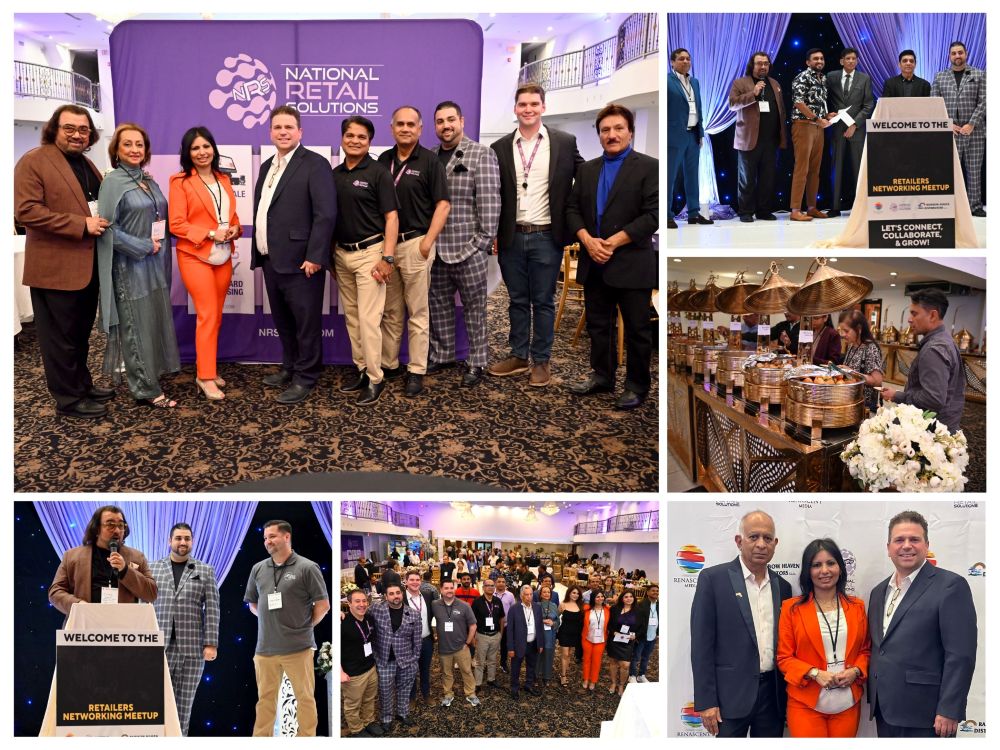Business Strategy with Hirav Shah From the most successful leaders to the most accomplished individuals, everyone has weaknesses. It’s a fundamental aspect of being human, and it’s what makes each of us unique

In a world that often celebrates strength and resilience, acknowledging our weaknesses can feel uncomfortable and even daunting. Yet, understanding and accepting our vulnerabilities is an essential aspect of personal growth and self-awareness.
In this post, we’ll delve into the concept of weakness, why everyone has their own, and how embracing these vulnerabilities can lead to greater strength and authenticity.
First let’s understand what is a Weakness
- What is a weakness?
- Answer: A weakness is a personal limitation or area of vulnerability that may hinder one’s performance, growth, or effectiveness in certain situations.
- What are common types of weaknesses?
- Answer: Common types of weaknesses include lack of skill or expertise, poor time management, difficulty with communication, tendency towards perfectionism, and challenges with organization or prioritization.
Why Everyone Has Their Own Weakness:
- Human Nature: From the most successful leaders to the most accomplished individuals, everyone has weaknesses. It’s a fundamental aspect of being human, and it’s what makes each of us unique.
- Complexity of Individuals: Each person is a complex tapestry of experiences, beliefs, and emotions. Our weaknesses stem from this complexity, shaped by our upbringing, life experiences, and inherent traits.
- Subjectivity of Weakness: What constitutes a weakness for one person may not be perceived as such by another. Our weaknesses are subjective and can vary greatly depending on individual perspectives and circumstances.
How to Find Out Your Weakness:
Here are 10 ways to find out your weaknesses.
- Self-Assessment: Begin by reflecting on your experiences, behaviors, and patterns in various aspects of your life. Consider areas where you frequently encounter challenges or struggle to perform optimally.
- Feedback from Others: Seek input from trusted friends, family members, colleagues, or mentors. Ask for honest feedback about areas where they perceive you may have weaknesses or areas for improvement.
- Personality Assessments: Take advantage of personality assessments such as the Myers-Briggs Type Indicator (MBTI), the Enneagram, or StrengthsFinder. These tools can provide insights into your natural tendencies, preferences, and potential areas of weakness.
- Performance Reviews: Review past performance evaluations or assessments from work or school. Pay attention to any consistent feedback or areas for development that have been identified by supervisors or peers.
- Journaling: Keep a journal to track your thoughts, feelings, and experiences over time. Look for recurring themes or patterns that may indicate areas of weakness or areas where you feel particularly challenged.
- Professional Assessments: Consider seeking professional guidance from a career coach, therapist, or counselor. These professionals can offer objective insights and help you uncover underlying factors contributing to your weaknesses.
- Trial and Error: Experiment with new experiences, challenges, or opportunities outside of your comfort zone. Pay attention to situations where you feel uncertain, uncomfortable, or out of your depth, as these may highlight areas for growth.
- Ask Yourself Tough Questions: Challenge yourself to ask probing questions about your values, beliefs, and behaviors. For example, “What situations trigger stress or anxiety for me?” or “In what areas do I constantly procrastinate or avoid?”
- Comparison to Others: While comparing yourself to others should be done cautiously, observing how others excel in areas where you struggle can provide valuable insights into potential weaknesses.
- Regular Reflection: Make it a habit to regularly reflect on your strengths, weaknesses, and areas for improvement. Schedule dedicated time for self-assessment and goal-setting to ensure ongoing personal and professional development.
By combining these strategies and approaches, you can gain a deeper understanding of your weaknesses and areas for growth. Remember that self-awareness is a continuous journey, and embracing your weaknesses with curiosity and openness is the first step towards personal and professional growth.
Exercise:
Taking Action: From Weakness to Powerhouse
Once you’ve identified your weaknesses, it’s time to create a plan of attack. Here are some tips:
- Start Small: Don’t try to tackle everything at once. Choose one weakness to focus on and set manageable goals to address it.
- Seek Guidance: Consider seeking help from a coach, therapist, or taking relevant courses/workshops to address specific skill gaps.
- Celebrate Milestones: Acknowledge and celebrate your progress, no matter how small. This keeps motivation high and reinforces positive change.
The writer is a well-known Business Turnaround Specialist, Astro-Strategist, and Best-Selling Author.
Email: [email protected]


























